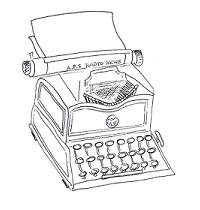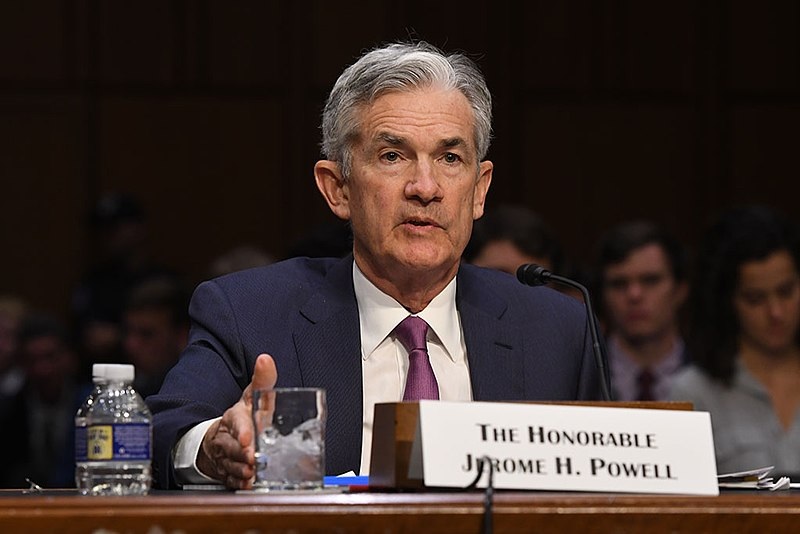economy news online news
The Federal Reserve moderated its all-out campaign to cool US inflation Wednesday, lifting the benchmark lending rate by a half percentage point though warning there is still “some ways to go.” online news
America’s central bank has taken aggressive moves to ease demand in the world’s biggest economy, hiking rates seven times this year with interest-sensitive sectors like housing already reeling from tightening policy.
Its latest increase takes the rate to 4.25-4.50 percent, the highest since 2007.
But officials signaled that their battle to cool the US economy is not yet over.
In a statement, the Fed’s policy-setting Federal Open Market Committee (FOMC) said it “anticipates that ongoing increases in the target range will be appropriate” to reach a stance restrictive enough to rein in inflation.
A quarterly forecast released with Wednesday’s decision also saw policymakers downgrade US economic growth to 0.5 percent in 2023, just narrowly avoiding a contraction.
They also raised their unemployment and inflation estimates for next year.
“Fifty basis points is still a historically large increase, and we still have some ways to go,” Fed Chair Jerome Powell told reporters in a press briefing after the rate announcement, and markets slumped on the central bank’s signals.
In their projections, policymakers expect rates would land higher than expected at 5.1 percent next year, according to a median forecast.

“I wouldn’t see us considering rate cuts until the committee is confident that inflation is moving down to two percent in a sustained way,” Powell said.
More evidence
While consumer inflation eased in October and November, Powell said “it will take substantially more evidence to give confidence that inflation is on a sustained downward path.”
Households have been squeezed by red-hot prices, with conditions worsened by surging food and energy costs after Russia’s invasion of Ukraine, and fallout from China’s zero-Covid measures.
To make borrowing more expensive, the Fed has raised interest rates seven times including four bumper 0.75-point increases.
Asked if a “soft landing” for the economy remains achievable, Powell said this would be more likely if lower inflation readings persist.
Nancy Vanden Houten of Oxford Economics said: “The projections don’t explicitly call for a recession, although a rise in the unemployment rate by as much as the Fed now forecasts is consistent with a recession.”
The Fed lifted its median jobless rate forecast to 4.6 percent on Wednesday.
But Powell said: “I don’t think anyone knows whether we’re going to have a recession or not, and if we do, whether it’s going to be a deep one or not.”
Hawkish
“The new forecasts are more hawkish than we expected,” said economist Ian Shepherdson of Pantheon Macroeconomics, referring to the higher inflation and unemployment rate expectations, and lower GDP growth projection.
“If policymakers implement all the hikes they now expect, they will have done too much,” he cautioned.
Analysts have warned that further tightening by the Fed risks cooling the economy at a time when it is already under pressure heading into 2023.
The latest increase suggests the Fed has “moved to phase two of its rate hiking cycle,” said Rubeela Farooqi of High Frequency Economics in a note.
This means it is shifting from its more aggressive path to “a slower pace of rate increases until rates are in a sufficiently restrictive stance,” she said.
Powell added Wednesday that the Fed’s focus now is “on moving our policy stance to one that is restrictive enough to ensure a return of inflation to our two percent goal over time.”
Consumer inflation came in at 7.1 percent year-on-year in November, according to government figures.
“We think that we’ll have to maintain a restrictive stance of policy for some time,” Powell said.
“Historical experience cautions strongly against prematurely loosening policy,” he added.
bys/md
© Agence France-Presse. All rights are reserved.
economy news online news
Notes from APS Radio News
During the past few years, a number of the world’s central banks have engaged in massive programs of monetary expansion, even as jobs and businesses were lost by way of virus-related restrictions and quarantines.
For example, beginning in March of 2020, the US Federal Reserve engaged in a substantially greater program of monetary expansion by purchasing hundreds of billions of dollars of Treasury and corporate bonds.
Since the early part of March 2020 to date, the Federal Reserve has added over $4 trillion to its holdings.
In particular, whereas on or about February 24, 2020, the holdings of the Federal Reserve stood at $4.2 trillion, on or about January 17, 2022, the holdings of the Federal Reserve stood at about $8.9 trillion.
As well, the Federal Reserve has kept interest rates low.
economy news online news
Recently, Jerome Powell, the head of the Federal Reserve, said that he wasn’t concerned about inflation and that, for the none, the Federal Reserve would keep interest rates at low levels.
Another examples is that of the Bank of Japan.
According to Fred Economic Data, as of October 2021, the Bank of Japan’s holdings were about $6.4 trillion or about 725 trillion Yen.
In the early part of March 2020, the Bank of Japan’s holdings were $5.3 holdings. During the period mentioned, the Bank of Japan added over one trillion dollars to its holdings.
During the period of late February to the earlier part of this year, the European Central Bank followed similar policies, by increasing its holdings by a few trillion dollars.
A number of corporations have been borrowing money inexpensively and have been purchasing their own shares of stocks, increasing share prices of stocks.
Still, there are concerns among investors.
A number of them have expressed concerns about central banks’ eventually increasing interest rates, as, during the past year, inflation levels have been increasing.
The combination of low interest rates, expansive monetary policies, fiscal stimulus programs, which themselves have infused trillions into the US economy, and shortages of goods and services caused by virus-related restrictions and lockdowns has increased levels of inflation.
Investors also have worried, for example, about announcements that were made by companies like Toyota and VW; earlier this year, those companies announced that because of shortages of particular types of material, they would be reducing levels of production.
Months ago, the results of a survey of UK manufacturers were released.
That survey indicated that many businesses in the UK were concerned about shortages of supplies.
In general, jobs and businesses have been lost by way of mandates, restrictions and quarantines, which, in their turn, were imposed by way of the virus narrative.
In the US, overall, the mortality rate of the virus is about .069%, according to Statista, an award-winning service.
The recovery rate is over 99% for most age groups.
What has followed in the wake of lockdowns and mandates has been the infusion of trillions of dollars into the US economy, the increasing succeess of online businesses like Amazon and other large online retailers, various bank and tech-related stocks, the shuttering of small to medium-sized businesses and the loss of millions of jobs.
Another result has been the increasing levels of inflation, especially those of food and fuel.
In official terms, for purposes of reporting, the US Labor Department uses what is called “core inflation”.
Core inflation excludes items like food and fuel, as those are deemed too volatile.
economy news online news


